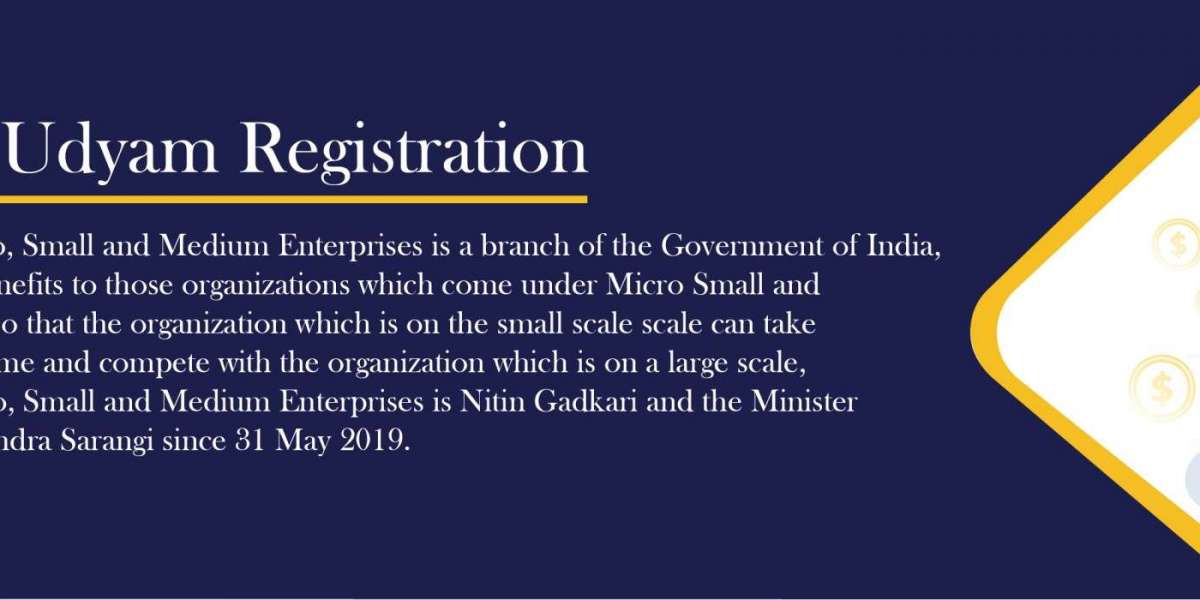Micro, Small, and Medium Enterprises (MSMEs) are crucial to India’s economic fabric, contributing significantly to employment, GDP, and exports. Recognizing their importance, the Indian government has continuously worked to streamline and improve the registration processes for these enterprises. The introduction of Udyam registration on July 1, 2020, marked a significant shift from the traditional MSME registration process, aiming to make it more efficient and accessible. This article explores the key differences between Udyam registration and traditional MSME registration, highlighting the advantages of the new system.
Traditional MSME Registration: An Overview
The traditional MSME registration was governed by the MSME Development Act, 2006. Businesses were classified based on their investment in plant and machinery (for manufacturing enterprises) or equipment (for service enterprises). The process involved several steps and required physical paperwork and visits to various government offices. Despite its intention to formalize small businesses, the traditional system had several drawbacks:
1. Cumbersome Paperwork: The registration process required multiple documents and physical forms, making it time-consuming and complex.
2. Bureaucratic Delays: Interaction with multiple government departments often led to delays in the approval and registration process.
3. Lack of Transparency: The absence of a centralized online platform resulted in a lack of transparency and difficulty in tracking the registration status.
4. Periodic Renewals: Businesses were required to renew their registration periodically, adding to the compliance burden.
Udyam Registration: A Modern Approach
In response to the limitations of the traditional MSME registration system, the Indian government launched Udyam registration, a fully digital and streamlined process. This system addresses many of the issues faced by MSMEs under the old framework.
Key Differences Between Udyam Registration and Traditional MSME Registration
1. Process and Documentation
Traditional MSME Registration: Required physical paperwork, including proof of business existence, investment details, and more. The process was often tedious and required multiple visits to government offices.
Udyam Registration: Entirely online, requiring minimal documentation. Key details like Aadhaar number, PAN, and GSTIN (if applicable) are sufficient. The integration with Aadhaar and GST networks ensures automatic verification, reducing errors and fraud.
2. Ease of Access
Traditional MSME Registration: The process was less accessible due to the need for physical submission and interaction with multiple departments.
Udyam Registration: Accessible through a user-friendly online portal ([udyamregistration.gov.in](https://udyamregistration.gov.in/)), making it easier for businesses across India to register without geographical or bureaucratic constraints.
3. Time Efficiency
Traditional MSME Registration: The process could take weeks or even months due to bureaucratic delays and paperwork.
Udyam Registration: The online process is streamlined and can be completed within a few minutes to hours, significantly reducing the time required for registration.
4. Classification Criteria
Traditional MSME Registration: Classification was based solely on investment in plant and machinery or equipment.
Udyam Registration: Classification considers both investment and turnover, providing a more comprehensive and realistic assessment of a business's size and capabilities.
5. Renewals and Updates:
Traditional MSME Registration: Required periodic renewals and updates, which added to the compliance burden.
Udyam Registration: Does not require renewal. Businesses must update their information only if there are significant changes in investment or turnover, simplifying long-term compliance.
6. Transparency and Tracking:
Traditional MSME Registration: Lack of a centralized system made tracking application status difficult.
Udyam Registration: The online portal provides transparency and allows businesses to track the status of their application in real-time.
Advantages of Udyam Registration:
1. Simplified Process: The online, paperless registration process reduces the administrative burden on businesses, making it easier for them to register and start benefiting from government schemes.
2. Increased Accessibility: Businesses from remote areas can register without needing to travel to government offices, ensuring wider reach and inclusivity.
3. Accurate Data: Automatic verification through Aadhaar and GST networks ensures that the data is accurate, reducing the likelihood of errors and fraud.
4. Better Policy Formulation: With accurate and comprehensive data, the government can design more effective policies and schemes to support the MSME sector.
5. Ease of Doing Business: By simplifying registration and compliance, Udyam registration contributes to a better business environment, encouraging more entrepreneurs to formalize their operations.
6. Financial Inclusion: Registered MSMEs have better access to financial products, such as loans and credit, which are crucial for their growth and development.
7. Single Window System: The Udyam portal acts as a single window for various MSME-related services, including accessing government schemes, subsidies, and support programs, enhancing the overall user experience.
8. Employment Generation: By facilitating the growth of MSMEs, Udyam registration indirectly contributes to job creation, addressing unemployment and fostering economic development.
Conclusion:
The shift from traditional MSME registration to Udyam registration represents a significant improvement in how India supports its MSME sector. The streamlined, digital process of Udyam registration not only simplifies the registration process but also provides numerous advantages, including increased accessibility, transparency, and better policy support. As India continues to focus on economic growth and development, the role of a well-structured and efficient MSME registration system like Udyam will be crucial in driving sustainable and inclusive growth.








